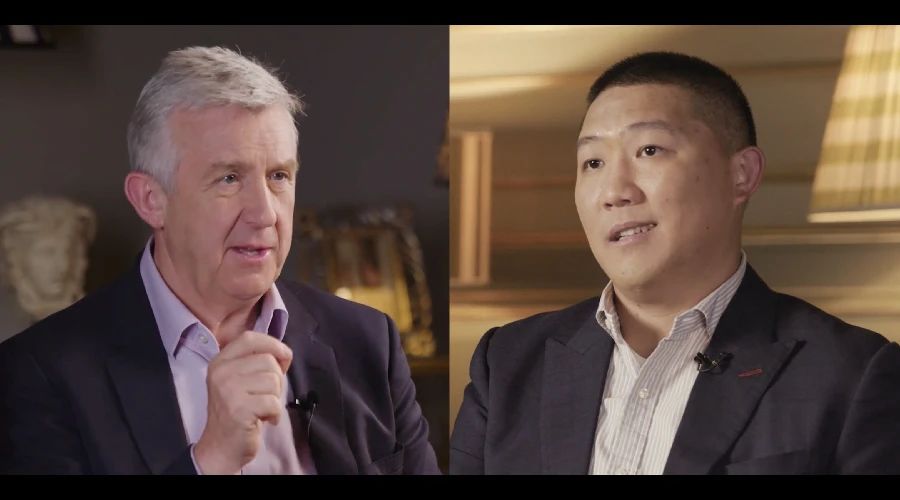For asset managers, real-time data is king. It provides them with the means to make well-informed, on-the-spot decisions for investors; to act with speed in a world that increasingly rewards fast and agile thinking.
But while many fund houses have made significant progress in digitising frontline client service and experience elements – all with a view to enhancing the quality of data at that end – the middle and back-offices have not received anything like the same amount of attention and investment.
This is surprising, given that these areas of a financial institution are just as important as the frontline. Data from the back- and middle-office underpins decisions made in the front-office; should investment in their digital capabilities match that of frontline operations, the whole ecosystem would be made more efficient.
Instead, however, they still rely on legacy systems. This means asset managers, who are specialised in making fast and confident determinations directly on behalf of their clients, are still burdened with the need to perform mundane tasks, such as manual calculation and investor reporting through spreadsheets – the kinds of tasks that digital technologies could be taking care of.
Because their workload is therefore dispersed more widely than it should be, they are unable to be as agile as they could be. This has consequences, hampering not only their ability to respond quickly to market changes, but also the long-term profitability of the fund house.
The problem with outsourcing operations
Fund houses have traditionally outsourced their back- and middle-office operations to a fund administrator, thereby allowing them to focus their internal operations on the frontline elements.
But, says Henry Lin, CEO of Linnovate Partners, the expense of outsourcing is only one problem. The practice also significantly affects the quality of the data that fund houses receive.
“Once a fund house outsources a fund administrator, they no longer get first-hand access to all the investment data,” Lin says. “Full transparency in fund administration requires tracking the data you want to share, and that in turn requires having a defined process in place for collecting information on the performance of portfolio companies.
“If you don’t have that data, you can’t quickly produce the valuable information and actionable insights your limited partners need.”
Compounding this is the fact that third-party fund administrators themselves have been slow to adopt digital tools, meaning their own data processing time is slowed.
“Most of the time, the fund administrator and fund house will do a lot of calculations and reporting in spreadsheet – a lot of manual processes. So it’s not efficient enough,” Lin says.
Another option traditionally used by fund houses for their back- and middle-office operations is to bring in third-party operating systems. But again, says Lin, this option has been problematic: not only is there the cost of buying a system, and not only do you have to pay for people to implement it, you also have to hire people to operate it.
The process is expensive and disjointed – and it leaves an important component of an operation in the hands of external players, thereby placing asset managers at a remove from data that is vital to their decision-making abilities.
Bypassing the traditional options
Linnovate Partners is a premium asset servicing firm that has leveraged new digital technologies to address the persistent problems financial institutions face with the long-neglected parts of their operations.
Its proprietary SMP Net asset-servicing platform streamlines and simplifies back- and middle-office operations, guaranteeing a seamless transmission of encrypted data using blockchain. This allows clients to optimise their investment cycles, operational processes and periodic reporting.
Linnovate Partners’ offering doesn’t involve the traditional choices fund houses have had to make between either outsourcing solutions or implementing in-house technologies, says Lin. “Our solution is combined: combining the professional services with the technology solutions for the alternative asset industry.”
“So we’re providing you with a SaaS-based platform, [meaning that] you’re not just receiving the data from us – you also will be able to access all the official data we have provided online that helps to streamline your communications with the investors.”
That, he says, allows clients to “slice and dice all this data without any third-party interference.”
Minimising operating costs, driving profitability
The fact that clients now demand greater visibility of investment insights than ever before isn’t news to financial institutions, and nor is the fact that challenges around efficiency and agility need to be attended to. But with so much focus now on frontline services, these are neglected.
Linnovate Partners’ platform offers users real-time personalised investment data and enables them to instantly generate advanced financial analyses across a range of metrics. By bringing numerous disparate silos of data together, everything relevant to back- and middle-office operations can be made available on a single workbench, while at the same time connecting general partners, limited partners and other stakeholders.
By optimising around 80 per cent of traditional fund administration processes, Linnovate’s platform has enabled asset managers to leave the mundane tasks to the technology, and instead focus on critical decision-making for clients.
In short, not only does Linnovate boost asset managers’ efficiency, it also minimises a client firm’s operational cost, and in the process drives their profitability.


